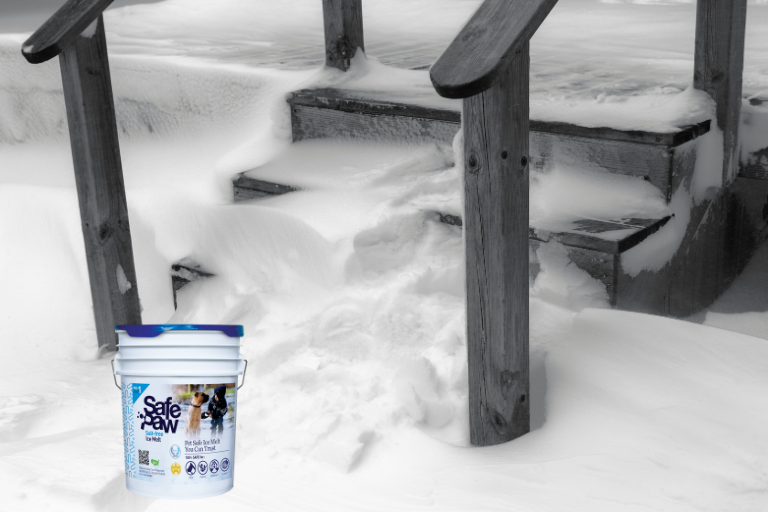
As winter blankets the world in a thick layer of snow and ice, the battle against these frosty elements intensifies. In this endless struggle to reclaim our driveways, sidewalks, and roads, a new trend is rapidly gaining traction: liquid ice melting. With its promise of efficient and rapid deicing, it’s no wonder that folks are paying attention. But what’s causing this rising wave, and is it all that it’s cracked up to be?
Why Liquid Ice Melting?
Liquid ice melting solutions are essentially pre-emptive strikes against winter’s frosty incursions. Unlike traditional methods that reactively chip away at ice or melt it after formation, these liquid products work by preventing ice from bonding to surfaces in the first place.
- Ease of Application: The liquid form allows for even distribution, ensuring that every nook and cranny is adequately protected from icy invaders.
- Quick Action: The liquid formula doesn’t dilly dally. Once applied, it gets to work immediately, disrupting ice formation.
- Cost-Effectiveness Over Time: Though the initial costs might seem steep, in the long run, reduced applications and the decreased need for physical removal can lead to savings.
A Slippery Slope: The Downsides Of Liquid Ice Melting
But like all products, liquid ice melting has its pitfalls.
- Weather-Dependent Efficiency: Apply it too early, and it might evaporate or be washed away by rain. Too late, and the ice might have already formed a bond hard to break.
- Residue Woes: Overuse or misapplication can lead to a sticky residue, which can be tricky to remove and might reduce road grip.
- Environmental Concerns: While there are eco-friendly versions out there, many liquid deicers can be harmful to plants, aquatic life, and the broader environment. These products might contain chemicals that, when washed away, seep into the groundwater or nearby water sources.
- Storage And Handling: Managing large quantities of liquid solutions requires suitable storage facilities and equipment. It’s not as simple as stacking bags of salt or granular deicers.
https://www.youtube.com/watch?v=Gm82LxoqnU4
Roads, Roads, Roads! Enter Liquid Deicer
When we narrow our focus to larger applications, liquid deicer for roads is leading the pack. Major cities and municipalities are increasingly adopting this method to keep roads clear and safe during winter months. The rationale is simple: keeping roads clear of ice reduces accidents, keeps traffic flowing, and generally makes winter life in the city more manageable.
A Pawsome Alternative for Homes: Safe Paw
While liquid ice melting seems to be the rising star for large-scale operations, homeowners might need a gentler touch. Enter Safe Paw, a pet-friendly, child-safe, and environment-loving granular deicer.
- Homely Benefits All Around: Safe Paw is kind to concrete, ensuring your pathways and driveways remain unscathed.
- Safety First: Be it your adventurous toddler or your curious pup, Safe Paw ensures that even if ingested, they remain safe.
- Efficiency Unparalleled: A sprinkle of Safe Paw lasts up to 72 hours. That's three days of peace of mind from a single application!
- Eco-Pal: No harmful salts. No chlorine. No acetates. Safe Paw respects Mother Nature.
- Application Simplicity: With its handy jug, using Safe Paw is a breeze.
Melting Away Myths
Liquid ice melting products, with their rising popularity, are a testament to human ingenuity in the face of nature's challenges. While they offer a promising solution, especially for large-scale applications, it's crucial to be aware of their shortcomings. For personal spaces and homes, a balanced approach with products like Safe Paw might be the way to go. Winter might be unyielding, but with the right tools, we can ensure it doesn’t freeze our lives. Stay warm and tread safely!
https://safepaw.com/?p=10788
Comments
Post a Comment